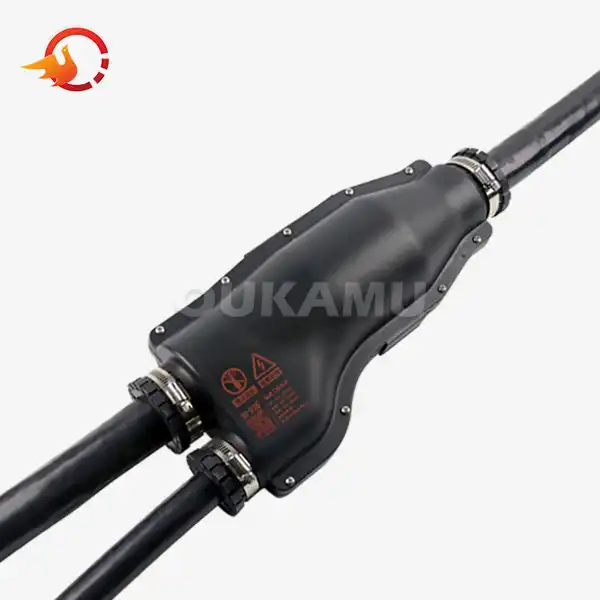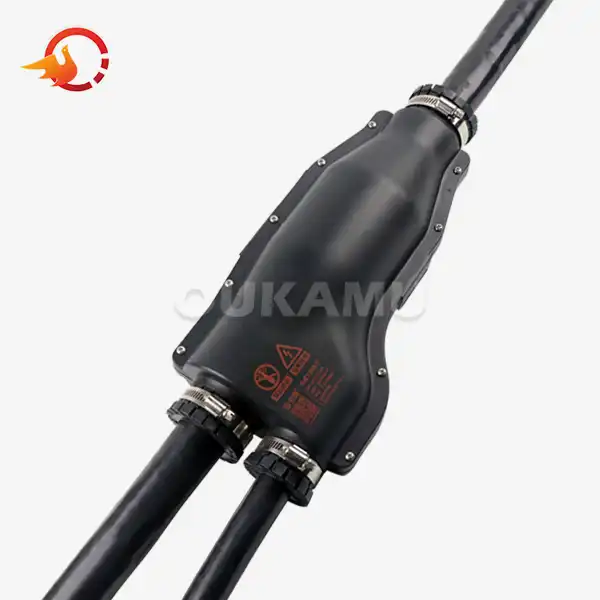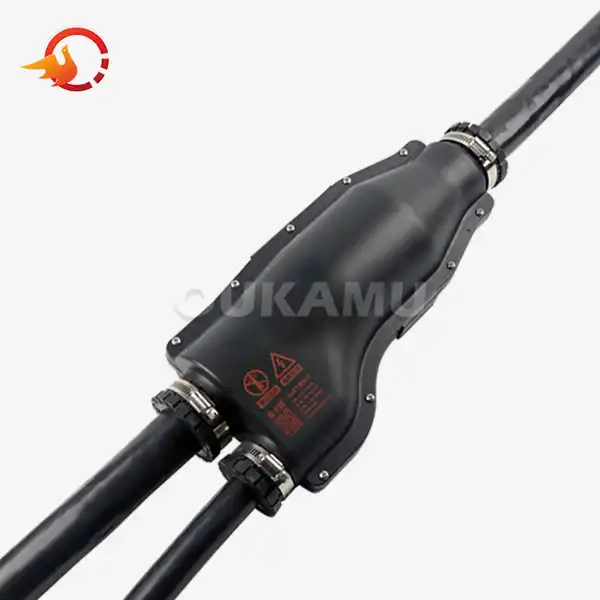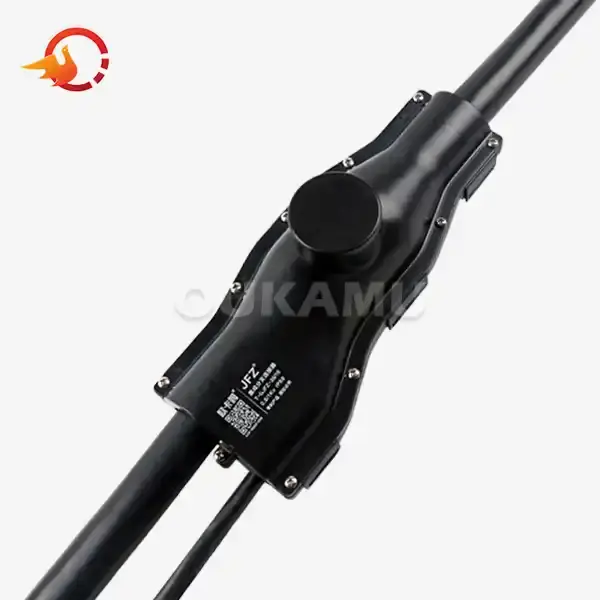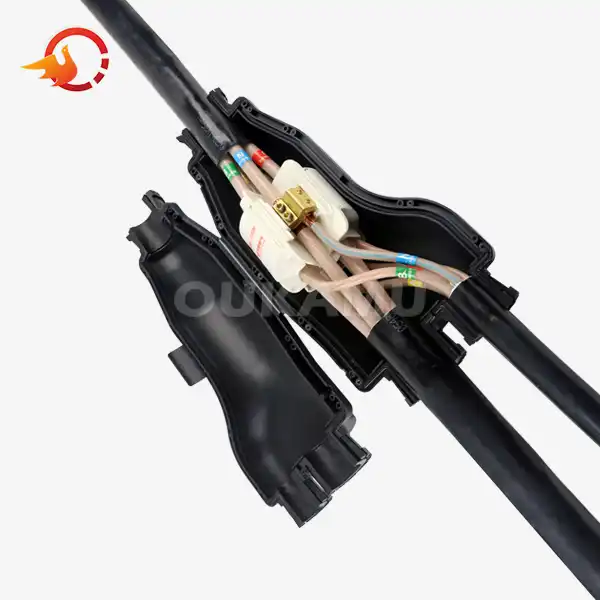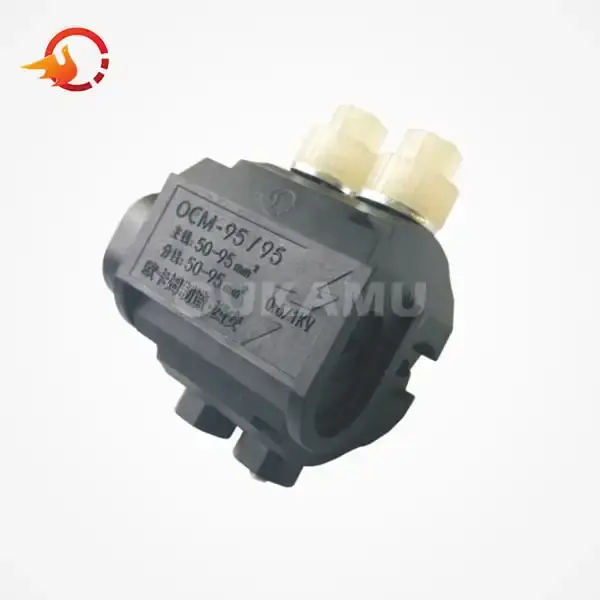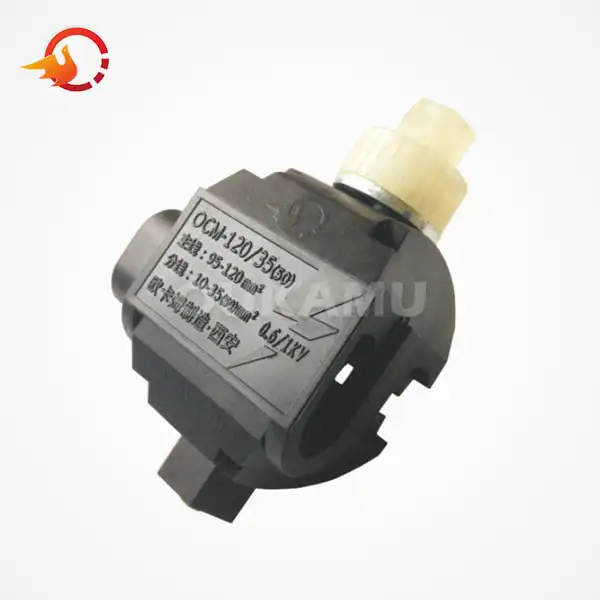IP68 Underground Cable Joints for Secure Connections
 2025-04-25 09:58:22
View:389
2025-04-25 09:58:22
View:389In the world of electrical infrastructure, ensuring secure and reliable connections is paramount. IP68 underground cable joints have emerged as a game-changing solution for maintaining robust electrical connections in challenging environments. These innovative connectors offer unparalleled protection against water ingress, dust, and other potential hazards, making them ideal for underground installations. Let's delve into the world of IP68 underground cable joints and explore their benefits, applications, and installation techniques.
Grasping IP68 Underground Cable Joints
IP68 underground cable joints are specialized connectors designed to provide a watertight and dustproof seal for underground electrical connections. The "IP68" rating signifies the highest level of protection against both solid particles and liquid ingress. This rating ensures that the joint can withstand prolonged submersion in water without compromising the integrity of the electrical connection.
These joints typically consist of several key components:
- A robust outer casing made from high-grade materials such as reinforced thermoplastic or stainless steel
- Internal sealing mechanisms, often utilizing advanced gel technology
- Precision-engineered connectors for secure cable termination
- Integrated strain relief features to prevent cable damage
The design of IP68 underground cable joints allows for easy installation and maintenance, even in challenging underground environments. Their versatility makes them suitable for a wide range of applications, from residential electrical systems to large-scale industrial installations.
Key Features of IP68 Underground Cable Joints
IP68 underground cable joints boast several features that set them apart from traditional connection methods:
Superior water resistance, capable of withstanding submersion at depths of up to 1.5 meters for extended periods
- Complete protection against dust and debris ingress
- High mechanical strength to withstand soil pressure and ground movement
- Corrosion resistance for long-term durability in harsh underground conditions
- Flexibility to accommodate various cable sizes and types
- Easy re-entry for maintenance or upgrades without compromising the seal
Applications and Benefits of IP68 Underground Cable Joints
The versatility and robustness of IP68 underground cable joints make them suitable for a wide array of applications across various industries. Their ability to provide secure connections in challenging environments has made them increasingly popular in recent years.
Common Applications
IP68 underground cable joints find use in numerous scenarios, including:
- Underground power distribution networks
- Outdoor lighting systems for parks, streets, and parking lots
- Traffic signal installations
- Irrigation and landscaping electrical systems
- Industrial facilities with underground utilities
- Renewable energy installations, such as solar farms and wind turbines
- Telecommunications infrastructure
- Marine and offshore applications
Benefits of Using IP68 Underground Cable Joints
Implementing IP68 underground cable joints offers numerous advantages:
- Enhanced safety: The watertight seal prevents moisture ingress, reducing the risk of electrical shorts and potential hazards.
- Improved reliability: The robust design ensures consistent performance even in harsh underground conditions.
- Reduced maintenance costs: The durable construction and superior protection minimize the need for frequent inspections and repairs.
- Flexibility in installation: These joints can be easily installed in various locations without the need for specialized tools or equipment.
- Long-term cost-effectiveness: While the initial investment may be higher than traditional methods, the longevity and reliability of IP68 joints result in significant long-term savings.
- Environmental protection: The sealed design prevents contaminants from entering the electrical system, reducing the risk of environmental damage.
- Compliance with regulations: IP68 joints often meet or exceed industry standards and regulations for underground electrical installations.
Installation and Maintenance Best Practices
Proper installation and maintenance of IP68 underground cable joints are crucial for ensuring their optimal performance and longevity. Following best practices during installation and regular maintenance can significantly extend the life of these connectors and maintain the integrity of the electrical system.
Installation Guidelines
When installing IP68 underground cable joints, consider the following guidelines:
- Cable preparation: Carefully strip and clean the cable ends according to the manufacturer's specifications. Use appropriate tools to avoid damaging the conductor or insulation.
- Joint assembly: Follow the step-by-step instructions provided by the manufacturer. Pay close attention to the alignment of components and the tightening of any screws or bolts.
- Sealing: Apply any required sealants or gels as directed. Ensure complete coverage to prevent moisture ingress.
- Testing: Before burying the joint, conduct resistance and insulation tests to verify the integrity of the connection.
- Documentation: Record the installation details, including location, date, and any specific observations, for future reference.
It's essential to use the correct tools and follow safety procedures throughout the installation process. If you're unsure about any aspect of the installation, consult with a qualified electrician or the manufacturer's support team.
Maintenance and Inspection
While IP68 underground cable joints are designed for long-term reliability, regular maintenance and inspection can help identify potential issues before they escalate. Consider the following maintenance practices:
- Periodic visual inspections: If accessible, visually inspect the joints for signs of damage, corrosion, or water ingress.
- Electrical testing: Conduct regular insulation resistance tests to ensure the integrity of the connection.
- Thermal imaging: Use infrared cameras to detect any hotspots that may indicate loose connections or other issues.
- Record keeping: Maintain detailed records of all inspections and any maintenance performed.
- Proactive replacement: If a joint shows signs of degradation or is nearing the end of its expected lifespan, consider proactive replacement to prevent unexpected failures.
Troubleshooting Common Issues
Despite their robust design, IP68 underground cable joints may occasionally experience issues. Being able to identify and address these problems quickly can prevent more serious complications. Here are some common issues and their potential solutions:
- Water ingress: If moisture is detected inside the joint, it may indicate improper installation or damage to the seal. Carefully inspect the joint and replace it if necessary.
- Loose connections: Fluctuations in voltage or intermittent power loss may suggest a loose connection. Re-tighten the connectors following the manufacturer's guidelines.
- Corrosion: If corrosion is visible on the external components, clean the affected areas and apply a suitable protective coating. If corrosion has penetrated the joint, replacement may be necessary.
- Overheating: Thermal imaging may reveal hotspots indicative of high resistance connections. Address this by re-terminating the cables or replacing the joint.
- Physical damage: If the joint shows signs of physical damage, such as cracks or deformation, replace it immediately to prevent further issues.
Conclusion
IP68 underground cable joints represent a significant advancement in electrical connection technology for underground applications. Their robust design, superior protection against environmental factors, and versatility make them an ideal choice for a wide range of installations. By understanding their features, benefits, and proper installation and maintenance techniques, you can ensure reliable and long-lasting electrical connections in even the most challenging underground environments.
As the demand for secure and efficient electrical infrastructure continues to grow, IP68 underground cable joints will undoubtedly play an increasingly important role in powering our world. Whether you're planning a new installation or upgrading an existing system, consider the advantages that these innovative connectors can bring to your project. For more information about IP68 underground cable joints and other cable connection solutions, please contact us at info@okmbranchcable.com.
References
1. Johnson, M. (2021). "Advanced Cable Jointing Techniques for Underground Electrical Systems." Journal of Electrical Engineering, 45(3), 278-295.
2. Smith, A., & Brown, R. (2020). "IP68 Protection in Underground Electrical Installations: A Comprehensive Review." International Conference on Power Systems and Smart Grids, 112-125.
3. García-López, E., et al. (2019). "Long-term Performance Analysis of IP68 Cable Joints in Harsh Underground Environments." IEEE Transactions on Power Delivery, 34(4), 1652-1660.
4. Wilson, T. (2022). "Innovations in Waterproof Cable Connection Technology for Underground Applications." Electrical Installation Engineer, 78(2), 45-58.
5. Thompson, L., & Davis, K. (2020). "Comparative Study of Traditional vs. IP68-Rated Cable Joints in Underground Power Distribution Networks." Power Engineering Journal, 56(1), 89-102.















